Comprehensive Switchboard Upgrade Guide [2025]
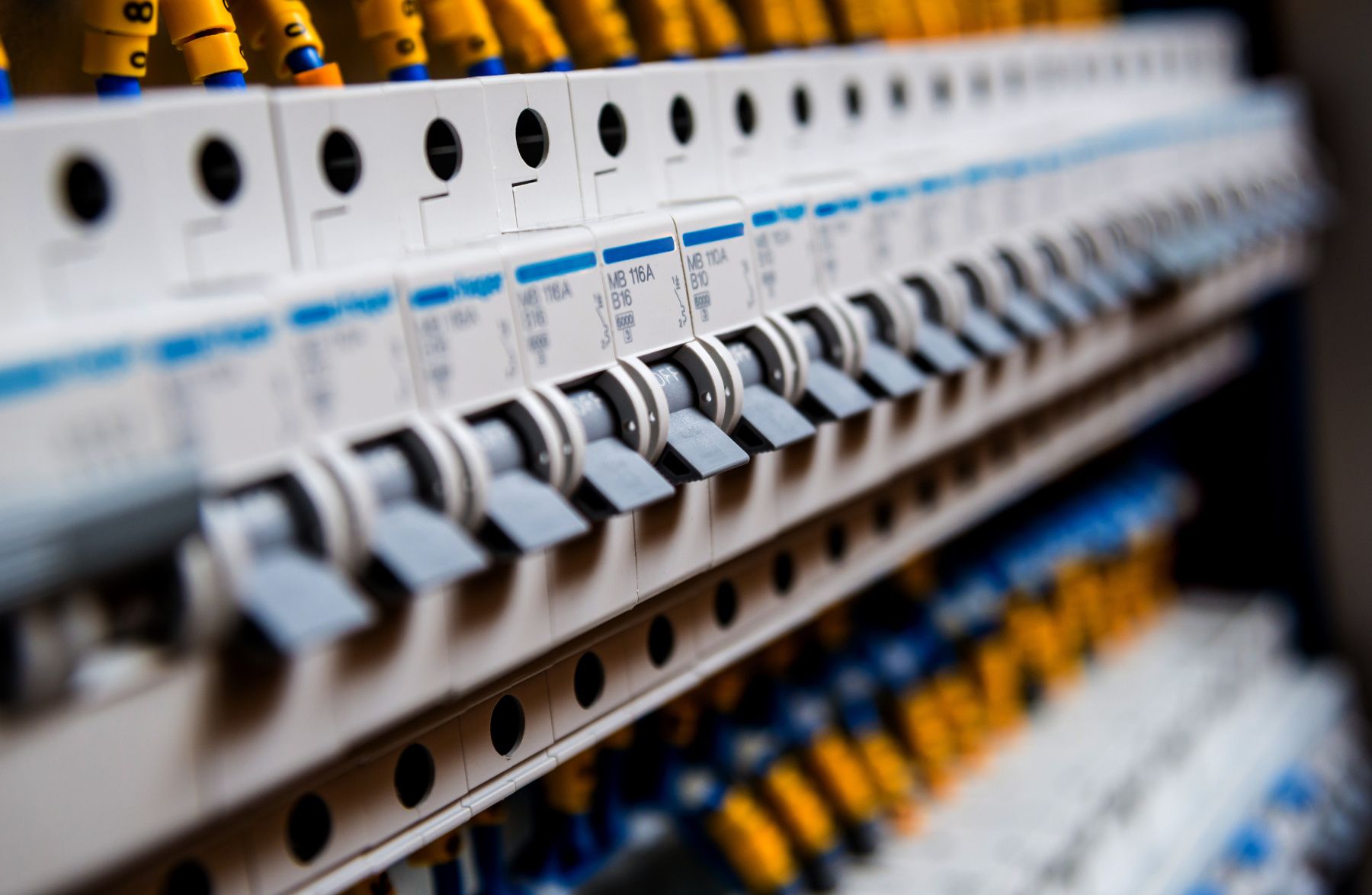
What Is A Switchboard?
A switchboard is like the control center for all the electricity in a building. It connects all the wires and sends power to every outlet in your home or business. Think of it as the brain of your electrical system, making sure everything gets the power it needs.
Inside the switchboard, there are safety switches, fuses, or circuit breakers that help protect your home from electrical problems. It’s usually found at the front of the building. If you add new appliances or make upgrades, you might need to upgrade your switchboard so it can handle the extra power safely and prevent electrical issues.
What Is A Switchboard Upgrade?
A switchboard upgrade is a better, safer version of your current switchboard. If a homeowner or business owner wants to change or add new electrical systems, electricians need to make sure everything meets the latest safety rules.
Upgrading helps include modern safety devices like an RCD (Residual Current Device) switch, which protects people from getting shocked. This is an important safety feature for your home.
For example, if your old switchboard still has ceramic fuses, it may not handle powerful new appliances well. This can lead to electrical fires or shocks. Upgrading helps prevent these dangers and keeps your home safe.
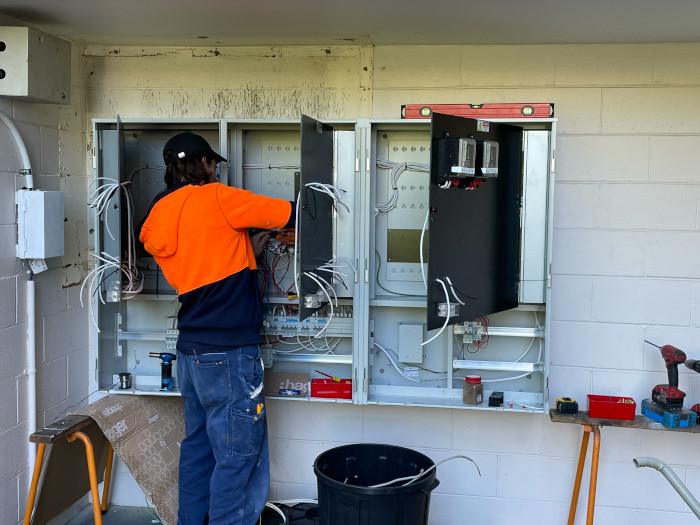
Do I Need To Upgrade My Switchboard?
As technology gets better, people are using more electricity at home. Australians now have more appliances than ever, which means they need more energy to keep everything running.
Over the past 20 years, technology has changed a lot, and the amount of power needed for these new gadgets has increased. Many homes now need more power outlets to handle all the devices people use every day.
Old switchboards with ceramic and porcelain fuses weren’t made for today’s technology. That’s why they need to be upgraded to modern switchboards that can safely handle the growing electricity demand.
Australia updates its energy safety rules often to make sure switchboards work properly and keep homes safe. If you need a switchboard upgrade, it must follow the Australian Wiring Rules AS3000:2018. You might need an upgrade if:
- You received an electrical defect notice.
- You want to install new powerpoints in your home or business.
- You are adding big electrical appliances like a heated pool, air conditioning, or large pumps.
A switchboard upgrade is also a good idea if:
- You are upgrading to high-powered appliances.
- You are adding solar panels.
- You want to prepare your home for the future.
- Your lights flicker.
- Your appliances short circuit, or your circuit breakers keep tripping.
- Your fuses blow, or your power struggles when too many devices are on.
- You hear buzzing sounds from your switchboard.
- Your switchboard is old and has ceramic fuses.
- You want to lower the risk of fires in your home.
In Queensland, the law requires safety switches for new buildings or electrical upgrades. These safety switches help protect your home, family, or employees from electrical dangers.
Why Are Ceramic Fuses Not Safe
Ceramic fuses were first used in Australian homes in the late 1800s to help prevent electrical problems. But as technology has advanced and people use more electricity, these old fuses can no longer keep up.
Back then, fuses were the only way to protect a home. They would shut off power when there was too much electricity flowing through the wires. But today, with so many appliances and devices, ceramic fuses trip too easily and can’t handle modern power needs.
Now, Wiring Standards Australia considers ceramic fuses a fire hazard. They must be removed and replaced with safer circuit breakers that include built-in safety switches. These new devices protect homes better and reduce the risk of electrical fires.
Ceramic fuses are unsafe because they can break easily and can’t handle today’s electricity demands. If your switchboard still has them, it’s important to get them replaced by a licensed electrician as soon as possible.
Upgrading your switchboard may seem like a big job, but it’s necessary to keep your home or business safe. Since old switchboards don’t have circuit breakers, ceramic fuses are no longer safe for modern electricity use.
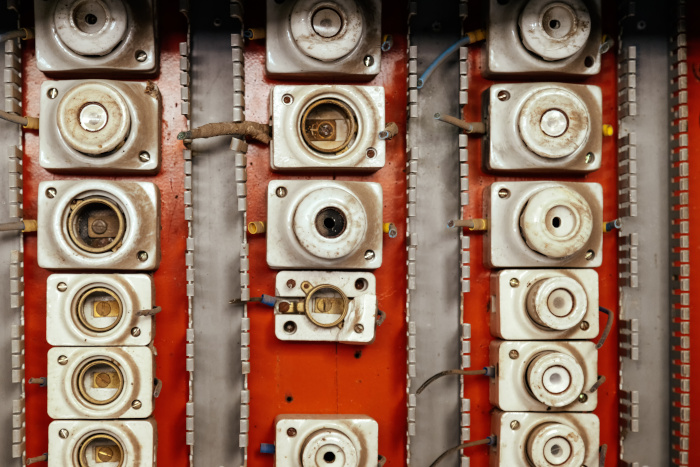
What Should I Look For In A Switchboard Upgrade?
When thinking about upgrading your switchboard, there are a few important things to keep in mind:
- Capacity: How many circuits (or electrical connections) does your home or business need?
- Voltage and Amperage: How much power do your devices and appliances use?
- Number of Spaces: How many slots does the new switchboard need?
- Size: How big does the switchboard need to be?
- Enclosure: What kind of cover or protection does the switchboard need?
These are just some of the things to think about when upgrading your switchboard. It’s always best to talk to a professional electrician to make sure you get the right system for your home or business.
Where Do I Start The Process Of Finding New Switchboards?
There are a few ways to start looking for a new switchboard. One option is to talk to an electrician or a trained professional. They can help you choose the right switchboard for your home or business. Another option is to do some research online. This lets you compare different switchboards and prices, but be sure to read reviews before making a decision.
Once you’ve picked a new switchboard, the next step is having it installed by a professional electrician. They will make sure it’s set up correctly and follows all safety rules.
Upgrading your switchboard might seem like a big job, but it’s important to do it right. By thinking about all these factors, you’ll be making a smart choice for the safety and future of your home or business.
Types Of Switchboards: What Is Best Suited To My Home Or Business?
There are different types of switchboards you can choose from. The most common ones are:
- Air-insulated switchboards: These are the most affordable and easy to install and maintain.
- Cast resin switchboards: These provide better protection against fire and moisture and are stronger than air-insulated ones.
- Metal-enclosed switchboards: These are the most expensive but offer the best protection against electrical and physical damage.
The best switchboard for your home or business depends on your needs and budget. To make the right choice, it’s always a good idea to consult with a professional electrician.
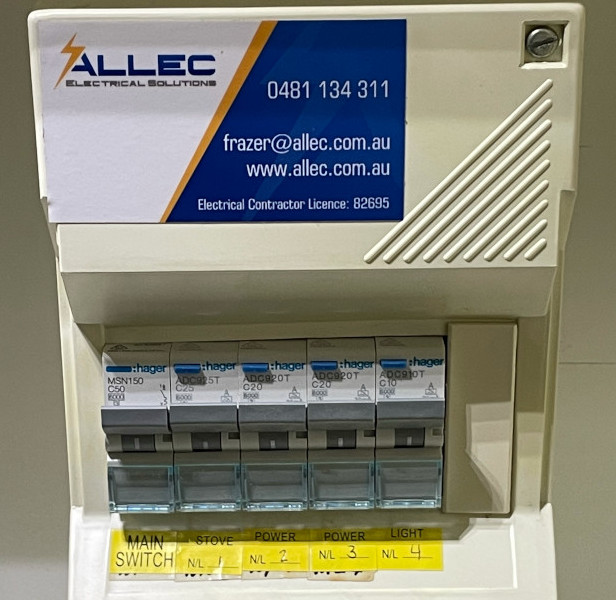
How Much Space Do I Need On My Current System To Accommodate Future Growth?
When upgrading a switchboard, it’s important to think about how much space you’ll need in the future. Newer switchboards have more room for circuits than older ones and work better with things like circuit breakers and safety switches. This means they can handle more electrical upgrades over time. If you’re not sure how much space you’ll need, it’s best to ask a professional electrician for advice. They can help you choose the right switchboard for your home or business.
What’s Involved In A Switchboard Upgrade Process?
Upgrading a switchboard means replacing old ceramic fuses with modern safety switches called RCDs and circuit breakers.
First, the old circuit protection is removed. Then, all the wires are checked and labeled so everything is organised. A new enclosure is installed to hold the safety switches. After that, the wires are connected to the new RCDs. Finally, everything is secured, labeled, and ready to keep your home or business safe.
What Is An RCD?
A Residual Current Device (RCD) is a special safety switch installed in switchboards to help protect people and homes from electrical dangers. If there is a problem with the electricity, the RCD quickly shuts off the power within 10 to 30 milliseconds to prevent shocks or fires.
Even if your home has circuit breakers, they only protect against overloading and short circuits, not electrocution. RCDs are designed to keep you safe from electrical accidents.
Every RCD has a test button that should be pressed every three months. This helps make sure it’s working properly by simulating a fault.
On What Circuits Do I Need RCDs?
RCD safety switches must be installed on all household electrical circuits, according to the latest AS3000 safety rules.
Since the early 2000s, they have been required for power circuits in new or renovated homes. About ten years ago, it also became mandatory for lighting circuits. A few years ago, the rules changed again to include appliances like hot water systems, air conditioners, ovens, and cooktops to make homes even safer.
3-Phase Switchboard Upgrades: What Are They?
A 3-phase switchboard upgrade has three active wires and one neutral wire. This type of upgrade is used to provide more power for big homes and buildings with high-power appliances.
Some appliances, like large air conditioners, hot water systems, spas, and big ovens, can only run on 3-phase power. If you want to install more solar panels on your roof, you might also need a 3-phase upgrade to handle the extra power.
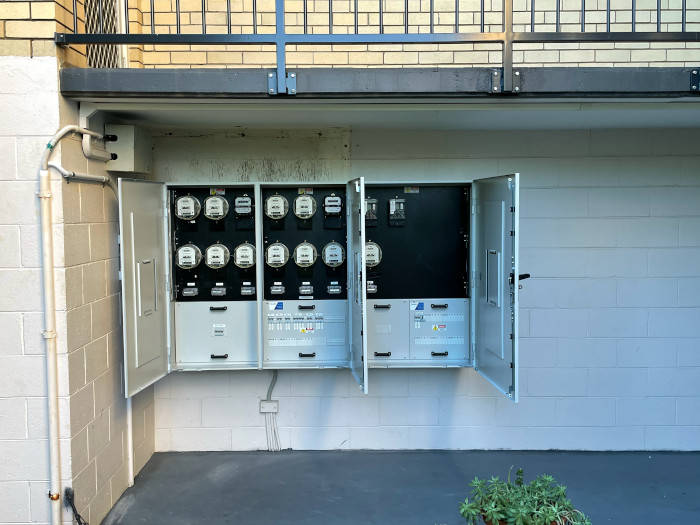
Switchboard Upgrade Extras Include
Asbestos Panel Replacement
If your home is over 25 years old, your switchboard might have an asbestos panel. Asbestos is a very dangerous material, so it should only be removed by a trained electrician (level 2). After removing it, they will upgrade your switchboard to a safer, modern one.
Upgrading Your Consumer Mains
Older homes have switchboards that were built to handle up to 40 amps of electricity using a 6mm cable from the main power source. If you want to add things like a pool, air conditioning, or other big appliances, you might need to upgrade your consumer mains. The consumer mains are the wires that bring electricity from the street into your home.
Upgrades And Protection For Cables
Some switchboards have old and unsafe cables that should be replaced. It’s a good idea to check the cables every five years and upgrade them if needed.
Cables that are not covered or protected can be dangerous. If they touch something sharp, they could get cut, exposing live wires, which can cause electrical hazards.
If you’re unsure about the condition of your switchboard cables, it’s best to have a professional check them. In Australia, electrical work must be done by a licensed electrician. Companies like Endeavour Energy, Ausgrid, and Essential Energy require a permit before making any changes to a switchboard.
You should also check with your local council to see if there are any rules or restrictions for upgrading switchboards in your area.
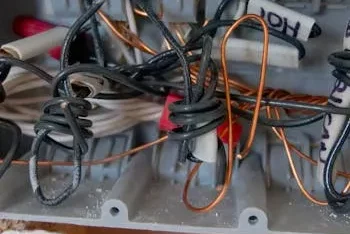
Repairs And Fault Finding
A switchboard can have different safety devices to protect both your home’s electrical system and your family from electric shocks.
A fuse stops the flow of electricity if an appliance uses too much power. A circuit breaker works like a fuse but can be reset. It shuts off power if too much electricity is flowing, helping to protect electrical devices from damage. An RCD adds extra protection by stopping electricity if it detects a danger, helping to prevent electrocution.
What Are The Costs Of A Switchboard Upgrade?
The cost to upgrade your switchboard depends on which type you choose. Air-insulated switchboards are usually the cheapest, metal-enclosed ones are the most expensive, and cast resin switchboards cost somewhere in the middle.
Here are the estimated costs for a switchboard upgrade in Queensland:
- A basic fuse box upgrade costs between $800 and $1,900.
- If you need to replace your home’s mains, add new cabling for extra appliances, or get a new switchboard, it will cost between $2,000 and $4,000.
- Upgrading to a 3-phase switchboard costs between $3,000 and $4,500.
- If you also want to upgrade items like a circuit breaker, safety switch, or RCD, the price will go up accordingly.
*These are approximate averages.
The price for a switchboard upgrade can be different depending on the electrician you hire, but it’s important to know that there are standard price ranges. These are the average costs in Queensland based on what local electricians charge. If an electrician offers a much lower price, they might not be fully qualified. Extra costs may apply if you need mains upgrades, new cabling for appliances, or a full switchboard replacement.
As you can see, the cost depends on the type of switchboard you choose and how much work needs to be done. To get an accurate price, always talk to a qualified electrician who understands the Low-voltage switchgear and controlgear assemblies General rules AS/NZS 61439.1:2016 to ensure the job is done safely and correctly.

How Long Does A Switchboard Upgrade Installation Take?
If you need a switchboard upgrade, you might be wondering how long it takes. The time depends on the type of switchboard you choose and how much work is needed. Air-insulated switchboards are usually the easiest to install, while metal-enclosed ones take the longest. Cast resin switchboards are in between. If a lot of electrical wiring needs to be updated, that can also add time to the job.
If you’re just upgrading your fuse box, it can usually be done in a day. Replacing a full switchboard takes longer, with most jobs taking about three to five hours.
The upgrade process usually includes:
- Turning off the power to the building.
- Removing old fuses and protection equipment.
- Installing an 8 to 12-pole enclosure to hold the new RCD switches and circuit breakers.
- Connecting the existing circuits to the new safety switches and circuit breakers.
- Checking the grounding system to make sure it’s working properly for maximum safety.
- Running electrical tests to ensure everything is working correctly.
Is A Switchboard Upgrade A Legal Requirement?
In Australia, you are only legally required to upgrade your switchboard if you make changes or add new wiring to your home. This includes:
- Receiving an electrical defect notice.
- Installing major electrical appliances like an air conditioner or oven.
- Adding a new power outlet anywhere in your home or business.
What Is An Electrical Defect Notice?
A defect notice is a warning given to homeowners when their electrical system doesn’t meet Australia’s safety rules. It means the problem must be fixed as soon as possible by a qualified electrician.
Here’s what to do if you receive a defect notice:
- Hire a licensed electrician: A professional can check what needs to be fixed and make sure the repairs follow safety rules.
- Fix safety issues quickly: If there are serious problems like exposed wires, faulty switches, or overloaded circuits, they should be repaired right away. Temporary safety measures may be needed until the repairs are done.
- Follow safety regulations: All repairs must meet the electrical safety laws in your state or territory. Ignoring them could lead to fines or legal trouble.
- Keep records: Save all paperwork, including invoices, inspection reports, and compliance certificates. This proves that the defects were fixed properly and may be needed for future inspections or selling the property.
- Schedule a final inspection: A licensed inspector must check that everything has been fixed correctly. Once they approve the repairs, the defect notice will be cleared.
Getting an electrical defect notice is an important reminder for property owners to focus on electrical safety. Whether it’s a home, business, or factory, fixing the problems quickly and following safety rules helps keep everyone safe. By making sure the electrical system meets the right standards, property owners can protect people, reduce risks, and keep their electrical systems working properly.
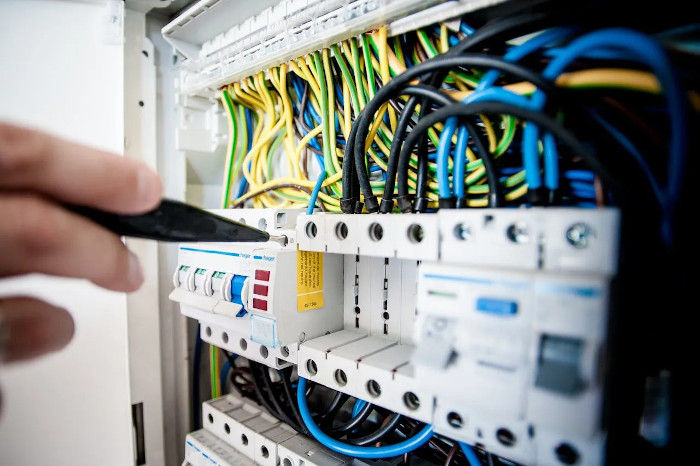
Switchboard Safety Compliance Checklist
Making sure your switchboard is safe and working properly is very important because it helps protect both people and property from electrical dangers.
Here’s a checklist to help you check if your switchboard is safe:
- Check RCDs and safety switches: These devices help prevent electric shocks. Make sure they are installed in your meter box and switchboard, and test them regularly to ensure they are working properly.
- Make sure circuit breakers work: Circuit breakers protect your home from electrical fires and appliance damage. Check that they are in the “on” position and reset them if they trip. If they keep tripping, call a professional electrician.
- Ensure you have enough safety switches: Every circuit should have its own safety switch. Installing multiple safety switches helps prevent overloads and keeps your home safer.
- Use high-quality parts: When installing or upgrading your switchboard, always use strong, reliable components to keep your electrical system working safely.
- Replace old ceramic fuses: Older homes may still have ceramic fuses, which are outdated and less safe. Upgrade to modern circuit breakers for better protection.
- Lock your meter box: Keep your meter box locked to prevent tampering or accidents. After any electrical work, make sure it is securely closed.
- Check for asbestos: If you live in an older home, have an electrician inspect your switchboard for asbestos, which can be dangerous to your health. If asbestos is found, hire professionals to remove it safely and consider upgrading your switchboard.
- Fix loose wiring: Loose wires can be a fire hazard. If you notice any, call a licensed electrician to fix them and make sure your switchboard is working safely.
By using this checklist and checking your switchboard regularly, you can make sure it is safe and works properly. This helps keep your home or business protected and ensures your electricity runs smoothly.
Consequences Of Non-Compliance To Regulations And Standards
Not following the rules for switchboard upgrades can lead to serious problems, including fines, repair orders, and even legal trouble.
- Electrical dangers: Old switchboards can cause fires, electric shocks, or broken appliances.
- Legal responsibility: If someone gets hurt because of faulty electrical work, the property owner or business may be held responsible and could face legal action or fines.
- Fines for breaking the rules: Government authorities can charge fines for not following switchboard upgrade regulations, which can be costly.
- Insurance problems: If an electrical accident happens due to an unsafe switchboard, insurance companies may refuse to pay claims or raise the cost of coverage.
- Business interruptions: Electrical failures can shut down a business, causing lost money, downtime, and harm to its reputation.
- Safety risks: A faulty switchboard can put everyone in the building at risk of injury or harm in the event of an electrical problem.
Because of these serious risks, property owners and electricians must follow switchboard upgrade rules to keep everyone safe and prevent problems.
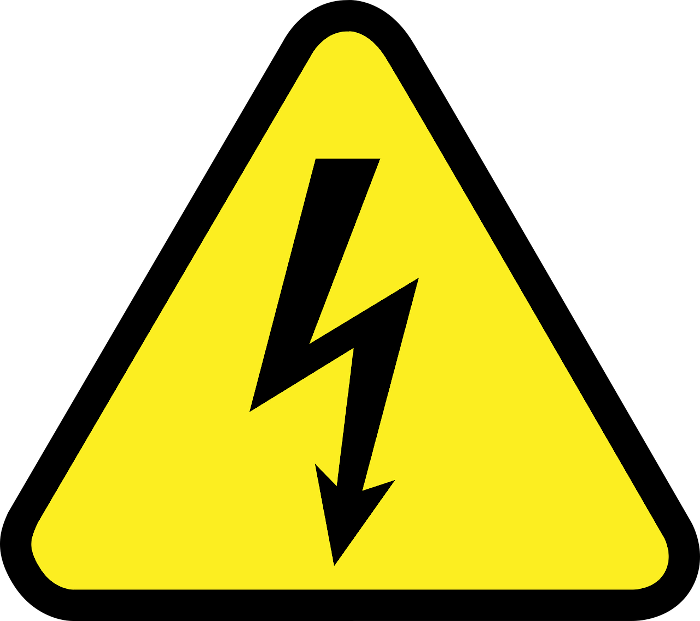
Conclusion
In Australia, upgrading a switchboard usually means replacing old parts with modern circuit breakers and safety switches (RCDs). It may also include rewiring to meet current electrical safety rules. The cost can range from $800 to $4,500, depending on how complex the upgrade is.
In Queensland, a switchboard upgrade might be needed for safety, to meet Australian Standards, or to handle modern appliances and save energy. If your switchboard is more than 20-25 years old, or if you notice problems like frequent power outages or burning smells, it’s a good idea to have a licensed electrician check it.
For switchboard upgrades in Ipswich, Springfield, Lockyer Valley, and West Brisbane, you can reach out to local electricians like Allec Electrical Solutions for help.
Switchboard Upgrades FAQ
What Is The Difference Between A Panelboard And A Switchboard?
Panelboards can handle up to 1200 amps of electricity and are usually attached to a wall, either inside or on the surface. Like panelboards, switchboards usually only need access from the front. However, switchboards are bigger, stand on their own, and can be accessed from both the front and back if needed.
Is A Switchboard The Same As A Meter Box?
The switchboard, main switch, fuse box, and safety switches are all inside the big box near the front door of your house. This box is called the meter box.
What Are The Three Sections Of A Switchboard?
A switchboard has three main parts: the earthing switch, the load-break switch, and the circuit breaker.
How Do You Maintain A Switchboard?
To keep a switchboard working safely, it’s important to inspect it regularly, keep it clean, tighten all connections, replace worn-out parts, check for overloading, use proper labels, ensure good airflow, and keep the area clear. Doing these things helps the switchboard run smoothly and safely.
Testing Safety Switches
You should test your safety switches twice a year by pressing the “T” or “Test” button. The switch should flip to the Off position. Then, you just switch it back to On.
If the switch doesn’t turn off when you test it, turn off the power and call an electrician right away.
